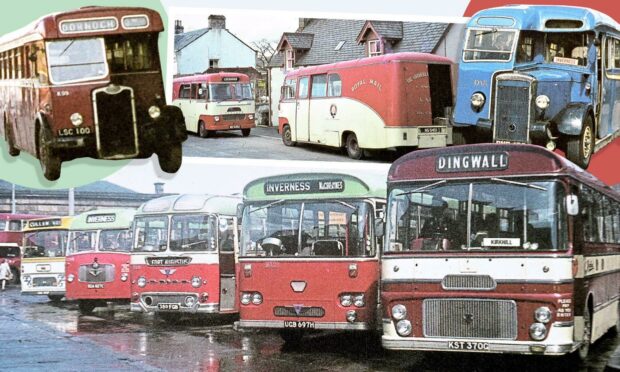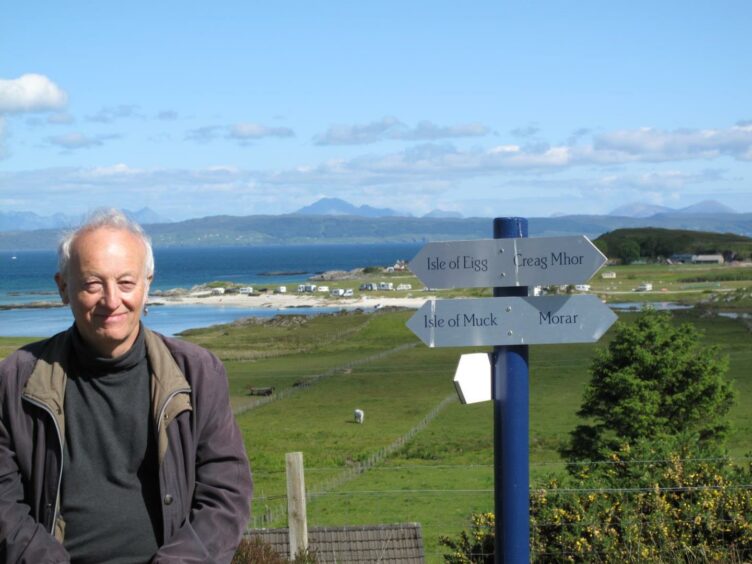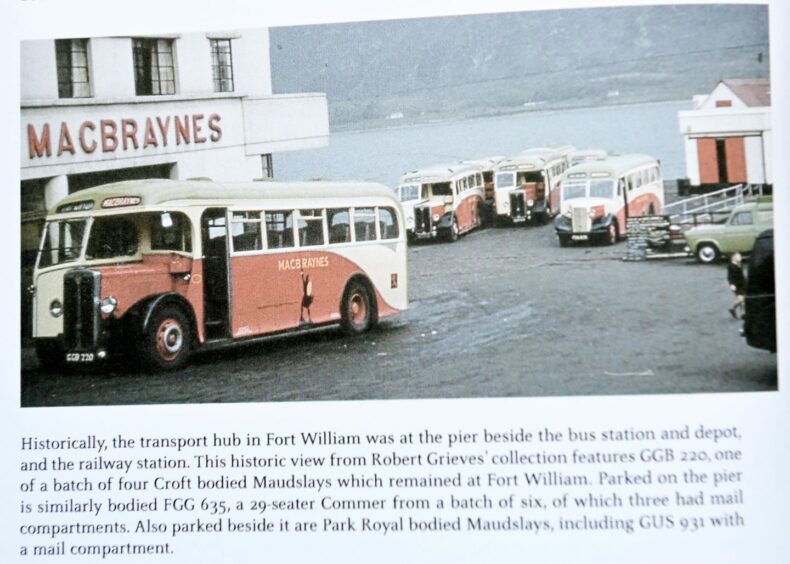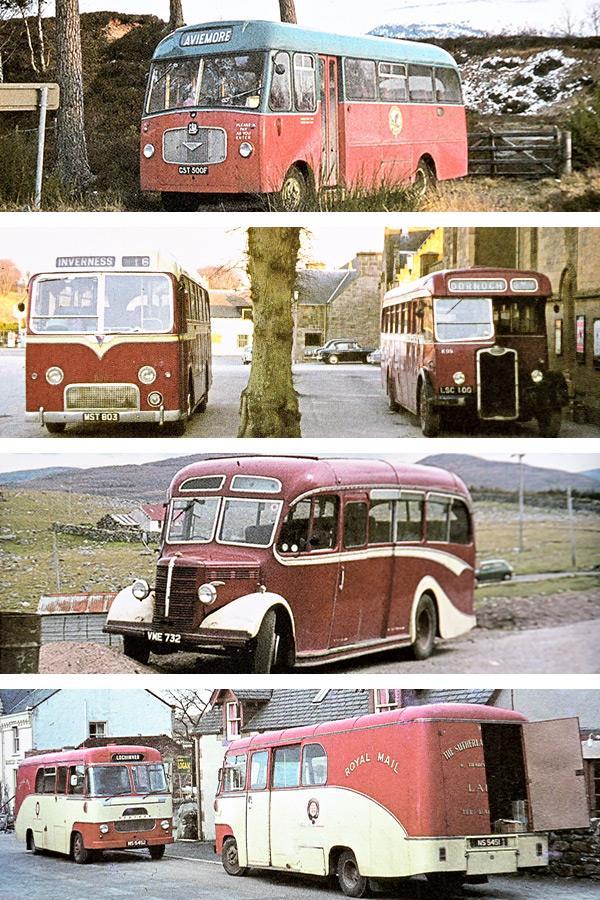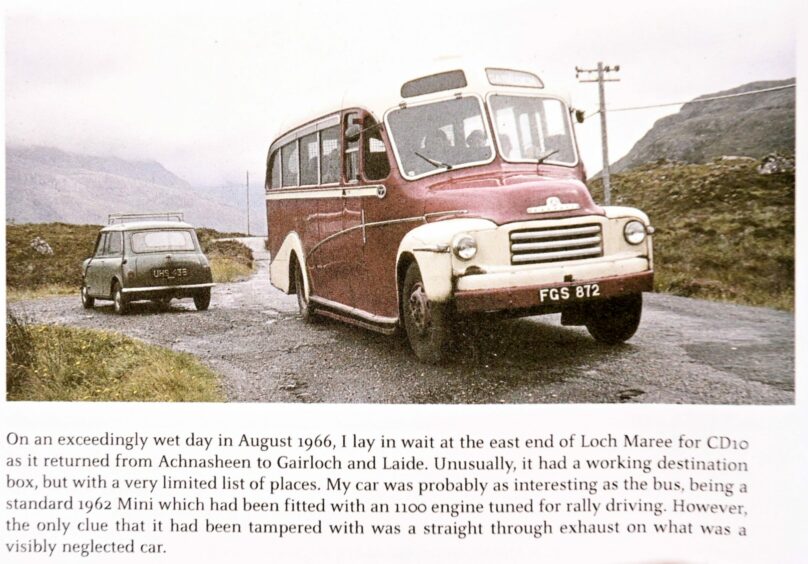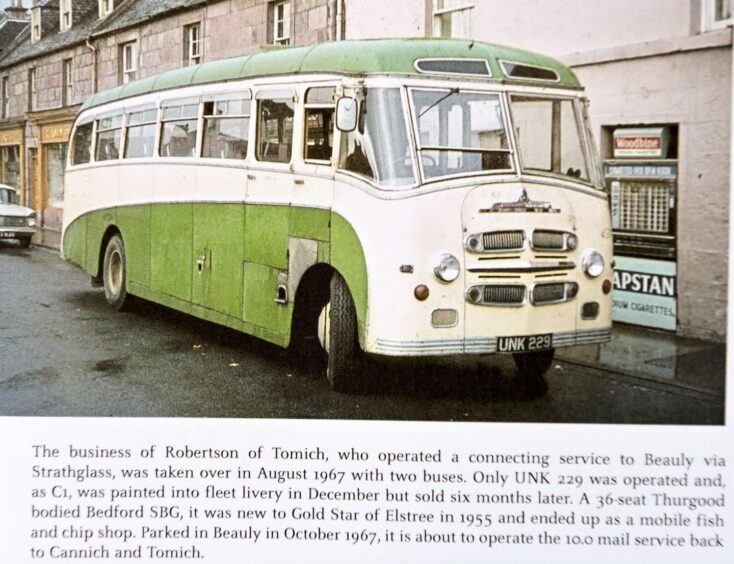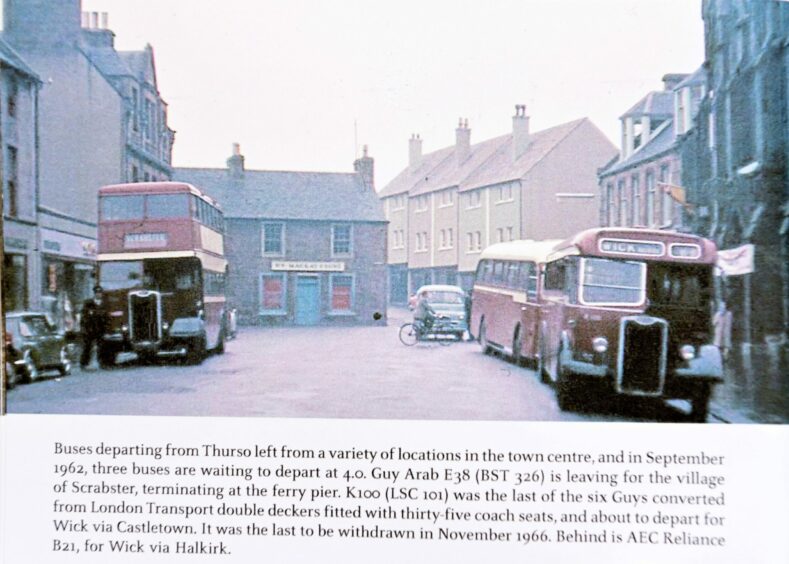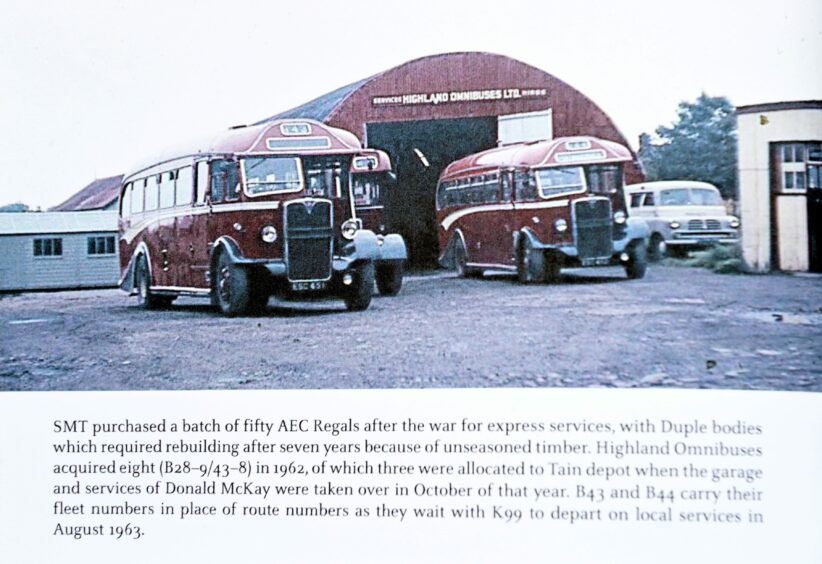Any service bus in the Highlands is a welcome sight for hard-pressed residents, but there’s something uniquely quaint and endearing about the buses of yesteryear.
Their rounded lines, chrome trims, distinctive radiators and jaunty colourways speak of summer holidays in far flung places, trips to Hebridean islands and visits to relatives who’ve been keeping the home fires burning for you.
Quite apart from that, they were essential lifelines for every Highlander before the age of mass motoring.
Retired neurological surgeon John Sinclair is by his own admission more than a little obsessed with them.
He has amassed a collection of thousands of photographs of Highland buses, taken by his own hand as he travelled the highways and by-ways in the 60s and 70s as a young man.
John grew up in Yorkshire, and travelled 17 miles a day to school on his own by bus from the age of seven for a number of years.
“What else could I do but look at the bus I was travelling in,” he said. “It was quite a chunk of the day, 40 minutes there, and 40 minutes back, to be sitting alone as a wee boy on the bus.”
The family relocated to Edinburgh for John’s senior school, and he continued to travel across town by bus.
A spirit of adventure
The bus trips must have kindled a spirit of adventure within him and as a teenager, John began to explore far and wide, with a camera.
“With a friend I hitched to Ireland when I was 16 and discovered in those far off days it was very easy to get lifts, so I used to hitchhike all over, and I stayed in youth hostels because I couldn’t afford to stay anywhere else as a school boy.”
He even remembers how many lifts he got as a hitchhiker — a staggering 1,352 — until he got a car when he was 25.
“I couldn’t afford to travel by bus,” he said. “But I spent a lot of time in bus stations where they got to know me and trust me.
“It was a more leisurely world when people had more time, and the local drivers were part of their communities and could deliver prescriptions or do shopping for people.
“I liked the ethos of bus operations in those days- the managers, drivers and conductors had character, the buses had character.”
Love of Highlands
John has many connections to the Highlands.
His uncle Hamish farmed at Daltullich on Culloden Moor, and his brother-in-law Tom Forbes farmed at Connage, Ardersier.
John spent holidays on both farms, remembering the big dairy farm at Connage, before it came today’s well-known cheesemaking operation, and joining his uncle to deliver milk to bustling Fort George.
When he qualified as a doctor from Edinburgh University he continued his training in Inverness, at the Royal Northern Infirmary and old Raigmore hospital and in Stornoway at the Lewis hospital.
During this period he was able to expand his collection of bus photos considerably.
Although by this time he had his own wheels, it was seeing the buses in their landscape and social setting which he most enjoyed, often parking up in laybys to catch a bus coming over a particularly scenic bridge or against a spectacular backdrop.
Many Highland routes weren’t profitable, so the only way Highland Omnibuses could afford to run them was by buying up old buses before they went to scrap.
It meant that there were many unusual, rare and even unique buses on the roads.
Thanks to the skill of the company’s mechanics and maintenance workers, another two or three years of life could be wrung out of each bus.
A strange hobby
John said: “Photographing buses is a strange hobby.
“As one of my friends said, it’s a hobby that chose me.
“I need to be careful what I say here, but bus spotters are supposed to be nutters, obsessives.
“I think there’s an element of detail and organisation, and I suppose like anything if you focus on it you could become obsessed to a certain extent.”
Result —there’s literally nothing he doesn’t know about Highland buses (among many others) in the 60s and 70s.
In his book, Highland Buses, John describes a turning point in his photographic journey, on October 6, 1961.
“I had signed out of the cells at Thurso Police station at 6am and walked up to the Highland Omnibuses depot to catch the staff bus out to the Dounreay nuclear reactor where nearly forty buses would arrive from all over Caithness.”
John wasn’t in fact on the wrong side of the law, far from it.
When hitching around the Highlands he found it handy that police cells would be made available free of charge overnight to hard-up travellers like himself, as long as they arrived after midnight.
Thurso police station was particularly amenable to John’s overnight stays.
The significance of that day was that he had a new 35 mm camera and could now take colour slides.
The full picture
John said: “The 60s and 70s are a period I love, with mail buses and MacBraynes, and lots of colour, interest, ferries, sheep, cattle, not just a bus.
“I like to get the Highland scenery, lochs, mountains, single track roads in my pictures as well as the bus.”
John has had to come to terms with the loss of a lot of his MacBraynes pictures after he lent his collection to a ‘friend’ who turned out to be a dealer and sold a number of them around 40 years ago.
“They turn up periodically having been bought in innocence by people who think they have the copyright,” he said.
Over six decades John amassed a collection of more than a quarter of a million bus photographs which he now generously shares with the huge bus-loving community in the form of eight books, and his Facebook page, Highland Buses.
If anyone wants a photo, he’s happy to be contacted through his Facebook Page.
John’s books can be found on Amazon.
